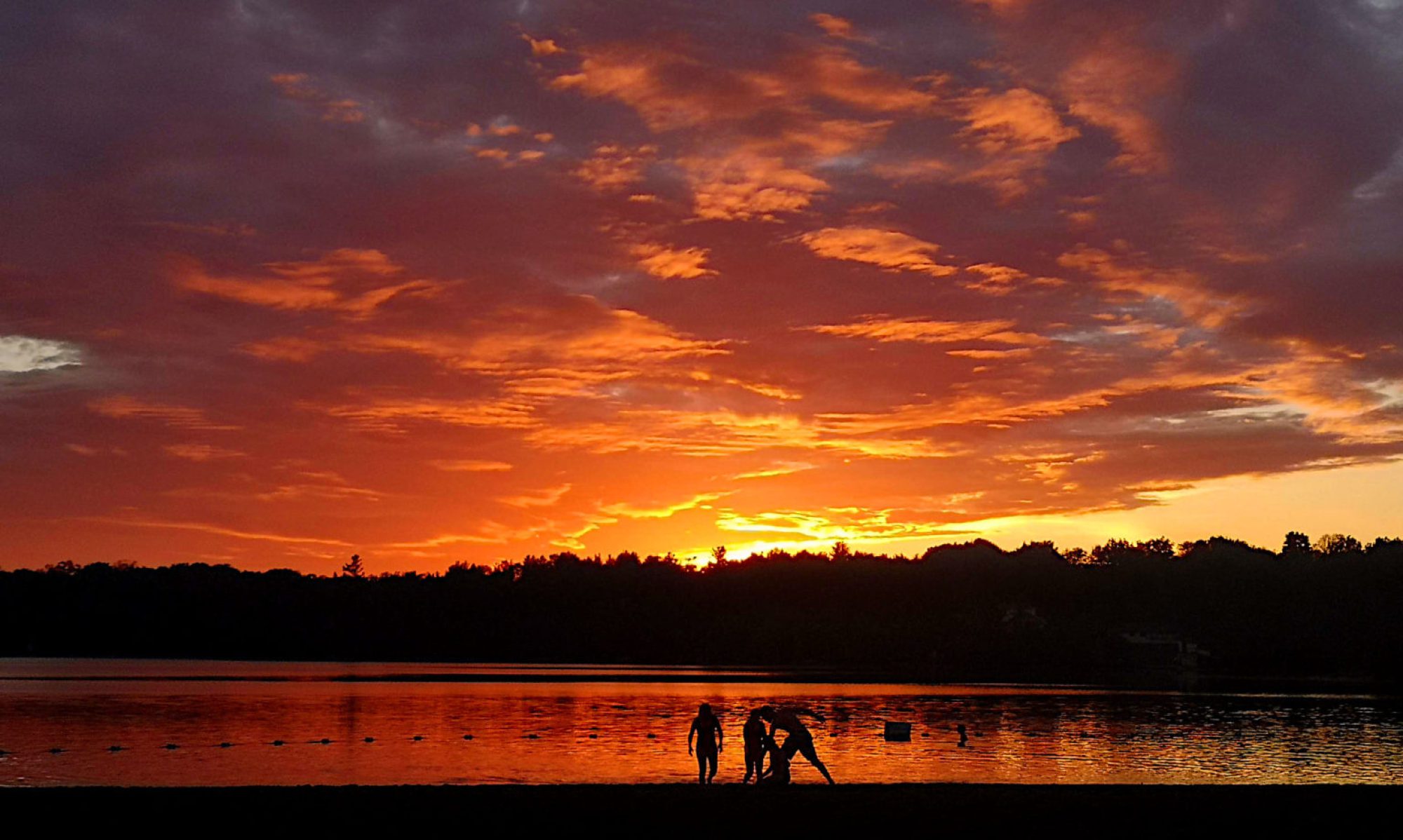
A Christmas kiss with the Rockefeller Center tree


Links that interest me and maybe you



This is a fascinating story about the art — as well as clothing, musical instruments, furniture and other things — that internees made while they were incarcerated in Japanese internment camps during World War II. Collectively, this kind of art-making behavior was often referred to using the term “gaman,” a Zen Buddhist term meaning “enduring the seemingly unbearable with patience and dignity.”
Being stripped of all their resources made the newly incarcerated extra resourceful. At first, they used every little scrap they could get their hands on to make necessities like chairs, drawers, door signs, Buddhist altars, walking sticks, and shower shoes, as well as doilies and decorations to make their barrack rooms less bleak. But eventually, many of the Issei, who were given fewer responsibilities than their American-born children who could speak fluent English, turned to art as a way to pass the time. Hirasuna first documented these artifacts as artworks made to lessen the emotional pain of being locked up and having their civil rights stripped in her book, The Art of Gaman: Arts and Crafts from the Japanese American Internment Camps 1942-1946.
As many as 120,000 people — about 90 percent of the ethnically Japanese people in the US at the time — were forced to give up their homes and belongings and take up residence in these camps, surrounded by soldiers and barbed wire. They had to grow and cook their own food, make their own clothes, and so on. And to keep themselves busy, they made things: sandals from blocks of wood, bird brooches from planks taken from the crates that brought in food and other supplies, even working model trains they fashioned out of watch parts and old cans.
via
https://www.collectorsweekly.com/articles/the-art-of-wwii-japanese-american-camps/
Note: This was originally published as the daily newsletter for the Columbia Journalism Review, where I am the chief digital writer
It often feels as though free speech and the press are under attack around the world, and there’s new evidence that this is in fact the case: according to a new report from the UK-based charity Article 19 (named for one of the clauses in the Universal Declaration of Human Rights) freedom of expression has reached a ten-year low globally, as a result of what the report calls “digital authoritarianism” and threats against journalists. Governments in a number of countries have been increasing online surveillance and cracking down on content and behavior that indicates dissent, the report says. The survey notes that while there were some improvements in the overall freedom of expression environment around the world between 2008 and 2013, these gains were eroded in the five subsequent years. According to Article 19’s analysis, more than 65 countries with a combined population of over 5 billion people have seen their freedom of expression decline over the past decade.
The report looked at what it argues are five key metrics of freedom of expression: 1) Civic space, which looks at indicators related to the ability of individuals and civil society organisations to associate and be active; 2) Digital, which measures online censorship and freedom of online discussion, and covers internet shut-downs by governments, censorship of social media, and approach to online content moderation; 3) Media, which measures factors such as government censorship and self-censorship, laws that limit online expression, etc. 4) Protection, which measures threats to the safety of journalists and other communicators and human rights defenders are rising, including murders and imprisonment, as well as judicial harassment, and 5) Transparency, which looks at whether laws are transparent and enforced in a predictable manner, whether there are effective oversight bodies, impartial public administration, and so on.
Legal threats to freedom of expression continue in a number of countries, the report says, “from broad and ambiguous national security laws to laws that unduly limit online expression, as well as new frameworks that delegate blocking and removal to online platforms, which often do so without transparency or accountability.” That latter comment is clearly directed at Facebook, Twitter, and YouTube, which have been under fire for some time for their poorly communicated and often haphazard attempts to block hate speech and other bad behavior. According to Article 19, media freedom and digital free expression “are both lower than they were a decade ago in every region of the world except the Middle East and North Africa.” Executive director Thomas Hughes said that many of the threats are not new — state violence, judicial harassment, etc. — but the group has also seen an increase in governments “using digital technology to surveil their citizens, restrict content and shut down communications.”
Continue reading “Freedom of expression is at a ten-year low, study says”
A little-known fact about New York’s Central Park is that it was created in part by evicting 1,600 or so people who lived there, including the residents of Seneca Village, Manhattan’s first significant settlement of black property owners and the epicenter of black political power in Manhattan during the mid-19th century. The village occupied land along what is now Central Park’s western edge, between roughly 83rd and 89th Streets. From its modest beginnings in 1825, the village had grown over three decades to include homes, gardens, a school, cemeteries and perhaps as many as 300 residents. By the time it was razed more than 30 years later, the settlement counted several distinguished citizens among its property owners, including a boarding-house for sailors that served as a crucial stop on the Underground Railway.
Source: Opinion | The Death of the Black Utopia – The New York Times